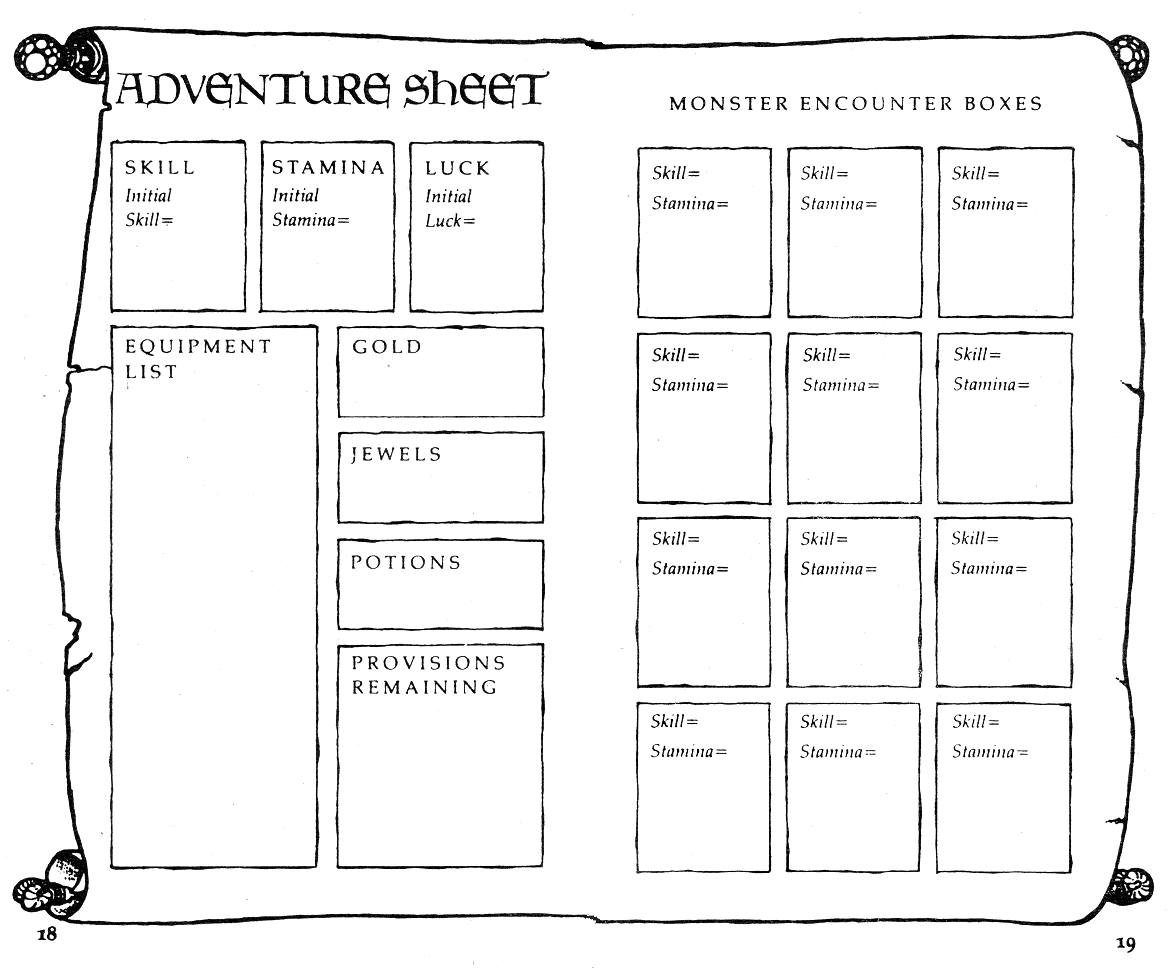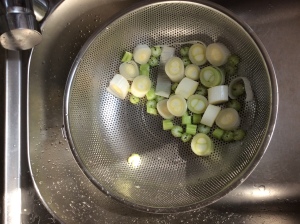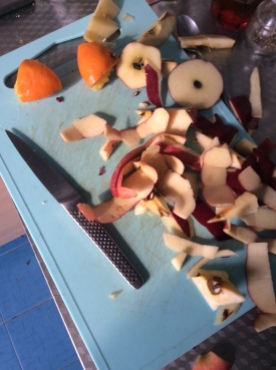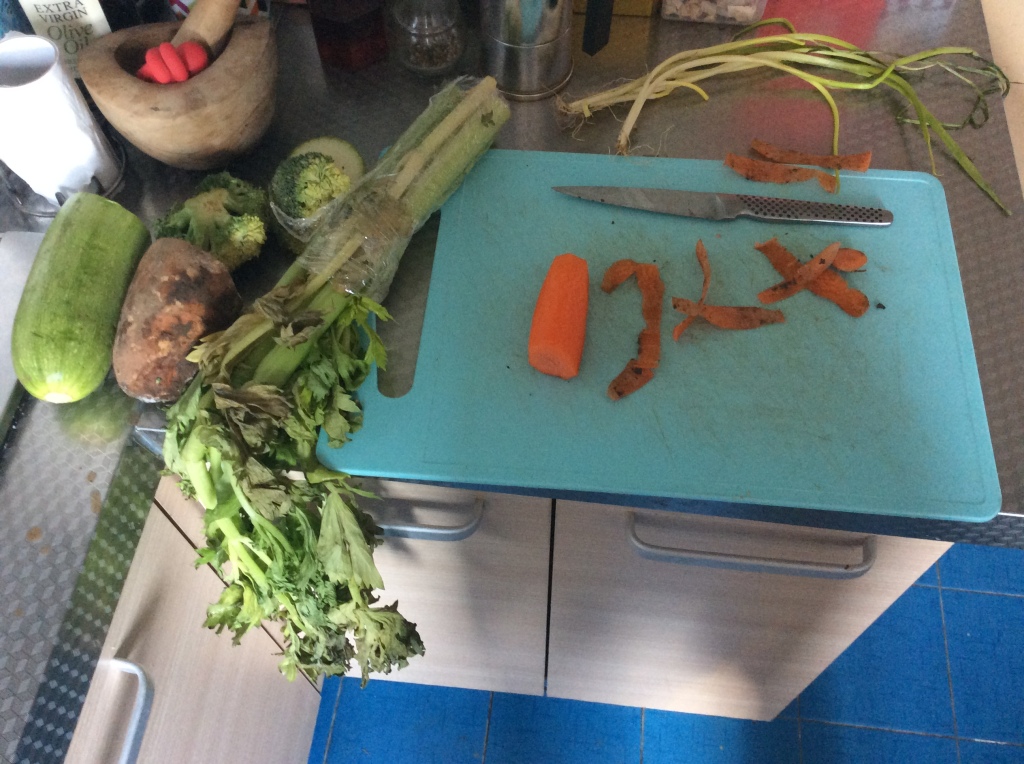Nobody is lucky to be in a lockdown. I think of families jammed into a small apartment at the top of a high-rise or people stranded abroad in hostels, unable to reach their homeland. There are those forced by circumstance to cohabit with people they might not ordinarily wish to or those without much contact at all with anyone. In any circumstance we must try to make the best of things, now more than ever.
Relatively speaking I am one of the lucky ones. I am in the countryside, surrounded by acres of open fields and woodlands. My parents’ house has a garden too. I am social distancing, like everyone, but with much more space.
And it’s Springtime. The hedgerows sparkle with the flowering gems of this season: periwinkle, stitchwort, dandelion, celandine, wild strawberry, vetch, bluebell, primrose, daffodil, herb robert, marsh forget-me-nots, coltsfoot. Among this colourful abundance is hidden other treasure too, evident not by its purple, white or yellow flowers but by its subtly pervasive scent.
Wild garlic. Not exactly out of sight either. On my walks I’ve come across whole pastures of the plant by roadsides, in forested glades and on grass verges. It is the perfect opportunity now to maximise the harvest of this ubiquitous allium in the kitchen. Members of the onion family are well known for building up immunity in the body and apart from anything else, it is a lesson on how to use the natural resources which are around us, rather than relying on produce from further afield.
In the spirit of community sharing I called upon friends and neighbours in the village to contribute their recipes, tips and ideas for making the most of this ubiquitous allium. This post will include I hope quite a comprehensive resource on what to do with this plant otherwise known as ramsons.
General preparation: Good overall advice from Jayne: ‘…wash the leaves thoroughly, snap off any harder stems…Wild garlic is best added towards the end of cooking the dish, so you retain the flavour and “bite” of the leaves…’
As Pesto: Probably the most common and versatile method. Easy to whizz up a batch if you have a food processor or blender. Experiment with ratios of wild garlic and basil, or just go with the former alone. Similarly try different nuts rather than pine nuts; walnuts seem to be a favourite alternative in the community. I also insist on a squeeze of lemon in my pesto. You can leave the cheese out for a vegan alternative or if you want more of a French ‘pistou.’
Ingredients: wild garlic (big handful); pine nuts (lightly toasted in a pan); good grating of parmesan cheese; olive oil (generous glug); salt and pepper; squeeze of lemon.
Method: put all ingredients into a blender or ground by hand in a pestle and mortar until you have a rough paste and everything is combined.
Uses: so many: as jacket potato or sandwich filling; pizza topping or with cheese on toast; accompaniments to meat or fish; with spaghetti etc.

In Soup: Another classic. Feel like a proper forager by adding some nettles. Follow the same principles of prep for these too.
Plenty of easy soup recipes on the internet and in cookery books. For example this one. Sara D suggests substituting wild garlic for the leeks and almond milk for the cream – ‘honestly totally delicious’ she says, and who am I to disagree.
With Eggs: The garlic leaves fold really nicely into all manner of egg dishes. They can be a substitute for the spinach in Eggs Florentine, for example, if you fancy a posh breakfast. Why not I say. Otherwise as additions in scrambled eggs or an omelette they are ideal. One of my favourite things to do is make more spaghetti with pesto than I need in order to make a frittata the next day.
You chop up the the remaining cold pasta, combine it with one beaten egg, more cheese (if you like a lot of cheese – I like a lot of cheese) and some salt and pepper. In a shallow pan melt butter so it starts to froth. Then, on the lowest possible setting, add the frittata mixture and flatten it out into a kind of cake shape. Now, don’t touch it for at least 20 minutes until you see the edges begin to crisp. Flip it over – it should have a beautiful golden crust – then repeat on the other side. Super savoury and tasty.
With Rice/Grains/Pulses: Hannah says she added some leaves to a risotto. That’s a great idea. As Jayne recommends, putting them in towards the end is the best thing to do. Apart from risotto, we can experiment with other similar dishes and ingredients such as pearl barley, spelt and lentils.
Jayne cooked up a fantastic feast of a sausage and wild garlic oven baked paella. ‘…it had carrots, celery, green beans, mushrooms, peas, chipolatas, chorizo, vegetable stock…paella rice and wild garlic.’ Got to get that recipe Jayne! Should work well without the meat too.
Other Ideas: Sara D made a version of Colcannon, the classic Irish dish of mash and greens, substituting wild garlic for the traditional kale or cabbage, which might even be an improvement on this online masterclass.
It occurred to me the one thing that hadn’t yet been tried with the leaves was to wrap things. Certainly you can find specimens which are long and broad enough to contain fillings. In the spirit of experimentation then I set out to make a version of the Greek staple, dolmades. This is a dish of stuffed vine leaves, traditionally served as an appetizer.
I harvested about twenty of the biggest leaves I could find to use as the wraps. I made a simple rice dish as follows for the filling, taken from the above link:
“Place the rice in a colander and rinse with running water. Heat a large saucepan over medium heat, add 1/3 of the olive oil and the chopped onions. Sauté the onions, until translucent (but not coloured). Add the rice and sauté for 1 more minute. Pour in 2 cups of warm water and half lemon juice and simmer for about 7 minutes, until the rice absorbs all the water and is parboiled. Season with salt and pepper, stir in the herbs, remove from the stove and set aside to cool down for a while. This will be the filling for the dolmades.”
I used about 130g rice and finely chopped parsley as the herb. I didn’t want to make too much in case it wasn’t a great result.
Once the mixture had cooled I began to make the dolmades. It was a bit of a faff, to be honest. After some trial and error – and some cursing – I found the best method was to make a cross of two leaves (which I needed to blanch under boiling water for a second to soften) and then place about a teaspoonful of the filling in the centre before wrapping the leaves over, one by one, to make an envelope.
After this I followed the cooking instructions as before:
- “Place the stuffed vine leaves (fold side down) on the bottom of the pot and top in snugly layers. Be careful not to leave any gaps between the dolmades to prevent them from cracking open when cooking.
- Drizzle the stuffed vine leaves (dolmathes) with the rest of the olive oil and lemon juice and season with salt and pepper. Place an inverted plate on top to hold them down when cooking and pour in enough water just to cover them. Place the lid on and simmer the dolmades for about 30-40 minutes, until the water has been absorbed and the dolmades remain only with the oil.
- Remove the pot from the heat, remove the lid and plate and let the dolmades cool for at least 30 minutes.”
They turned out to be pretty good, if I say so myself. Worth having a go at and perhaps experimenting with fillings. A good way to use up leftover risotto or other such dishes.
I hope you’ve found some inspiration here. I’ll update the page if anybody wants to contribute. Amazing the resources on our doorstep if we know where to look. Keep it local and keep resilient.































